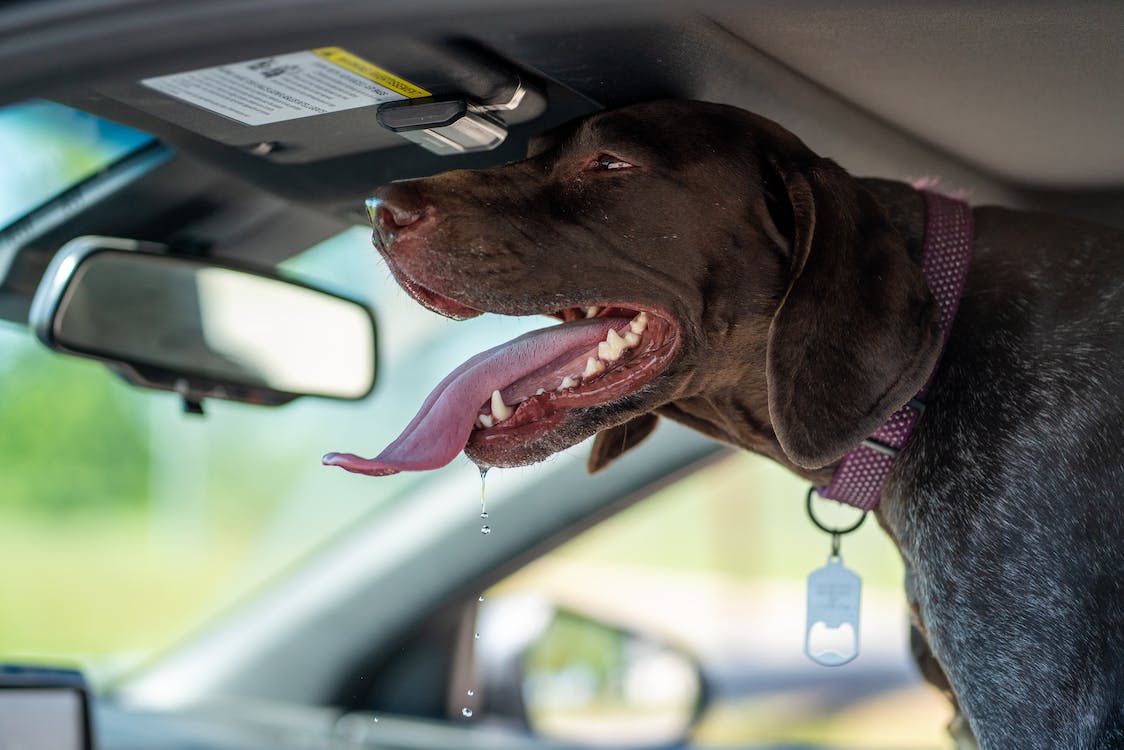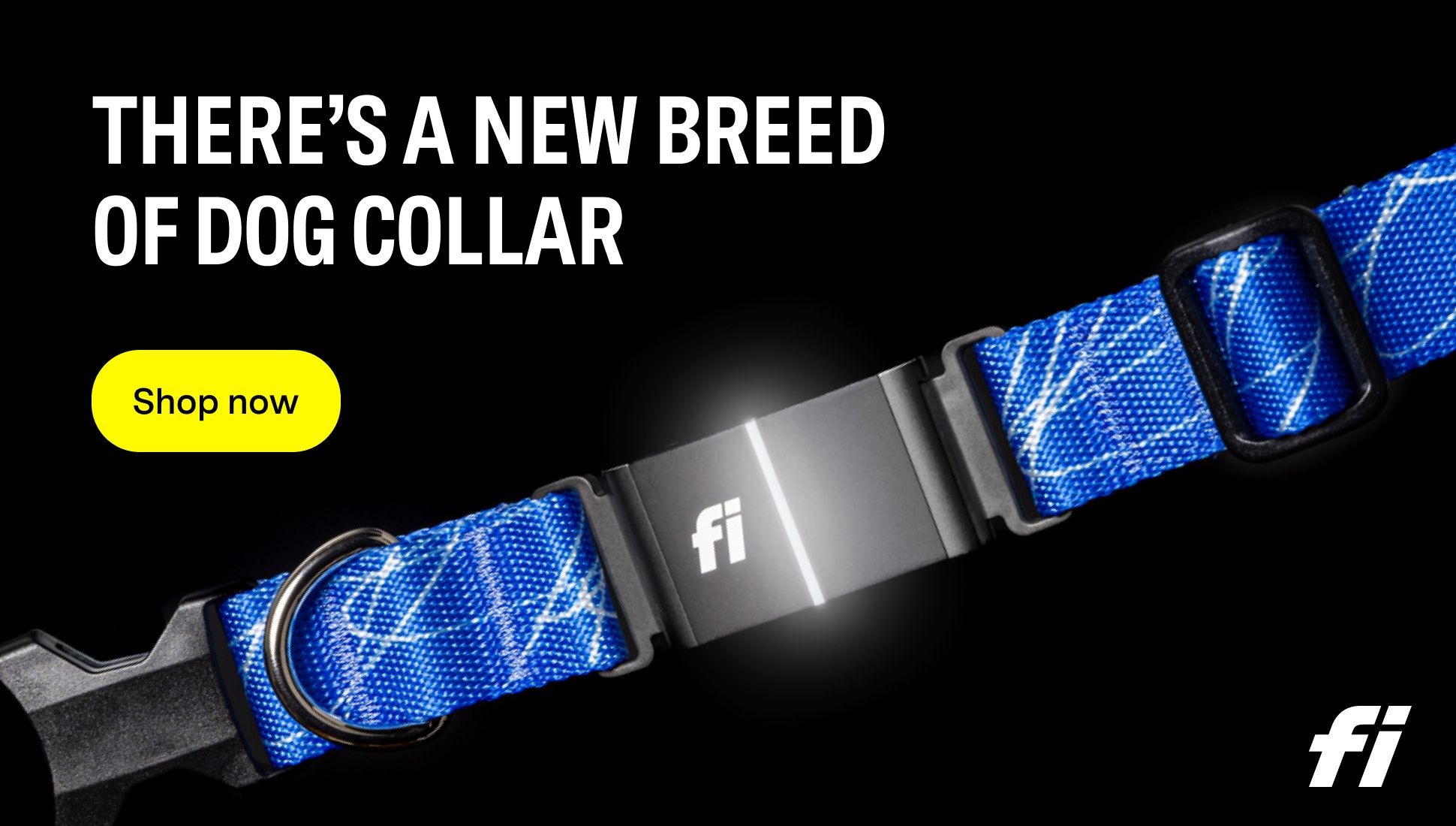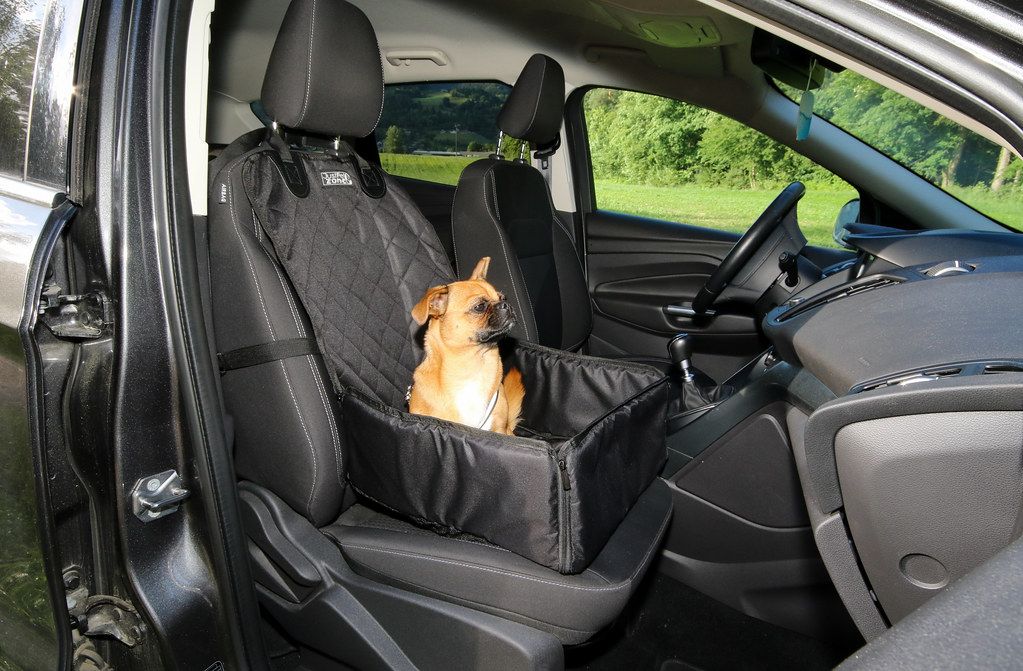Dogs are known to be man’s best friend, and for many people, they are more than just pets. They are family members, and owners often take their canine companions along on car rides. However, some dogs tend to drool excessively while traveling in a car, which can be a cause of concern for their owners. In this article, we will explore the reasons behind why dogs drool in the car and what owners can do to prevent it.
One of the most common reasons why dogs drool in the car is motion sickness. Just like humans, dogs can experience nausea, dizziness, and vomiting when traveling in a moving vehicle. This can lead to excessive drooling, which is a sign that the dog is feeling uncomfortable. Another reason for drooling in the car is anxiety. Dogs that are not used to traveling in a car can feel overwhelmed and anxious, leading to excessive drooling.
To prevent dogs from drooling in the car, owners can take several measures. For instance, they can use a dog safety harness to keep their pets secure and comfortable during the ride. They can also keep the car cool and quiet, as loud noises and high temperatures can make dogs feel uncomfortable. Additionally, walking the dog before the car ride and feeding them three hours before traveling can help prevent motion sickness.

Understanding Dog Drool
Dogs drool for various reasons, including excitement, hunger, and stress. It is a normal physiological response that helps them to cool down and lubricate their mouth. However, excessive drooling can be a sign of an underlying health issue or discomfort. A dog's drooling can be caused by medical and dental reasons such as dental problems, infections, injuries, allergies, gastrointestinal upset, and serious issues like poisoning, gastric torsion, and rabies. In this section, we will explore the different factors that can contribute to dog drool, including dog breeds and health conditions.
Dog Breeds and Drooling
Some dog breeds are more prone to drooling than others due to their anatomy. Breeds with loose lips, also known as flews, tend to drool more than others. Examples of such breeds include Bloodhounds, Saint Bernards, and Mastiffs. These dogs have a lot of skin around their mouth, which makes it difficult for them to keep their mouth closed. Additionally, dogs with short snouts, such as Pugs and Bulldogs, may drool more because they have a harder time swallowing their saliva.
Health Conditions and Drooling
Drooling can also be a sign of an underlying health condition. For instance, kidney disease, tumors, and infections can cause excessive drooling in dogs. Bloat, a condition where the stomach fills with gas or fluid, can also cause drooling and discomfort in dogs. Other conditions that can cause drooling include gingivitis, heat exhaustion, rabies, tooth decay, and dental health issues. If your dog is drooling excessively, it is important to consult a veterinarian to rule out any underlying health issues.
In conclusion, while dogs drooling is a normal physiological response, excessive drooling can be a sign of an underlying health issue. Understanding the different factors that can contribute to dog drool, including dog breeds and health conditions, can help you identify any potential issues and seek appropriate treatment.

Drooling in the Car
Most dogs drool excessively in the car, and it can be a cause of concern for pet owners. Understanding the reasons behind this behavior can help you take the necessary steps to prevent it. Motion sickness is more common in younger dogs because their inner ears, responsible for balance, are still developing. Here are some of the most common reasons why dogs drool in the car:
Motion Sickness
Motion sickness is a common cause of drooling in dogs. Just like humans, dogs can suffer from car sickness. The movement of the vehicle can lead to nausea, triggering excessive drooling as a response. In addition to drooling, dogs suffering from motion sickness may also vomit, whine, yawn, or become inactive.
Stress and Anxiety
Stress and anxiety can also cause excessive drooling in dogs. Dogs may feel stressed or anxious in the car due to the unfamiliar environment, noise, or the motion of the vehicle. Dogs that are not used to car rides may be more prone to this type of behavior.
Excitement and Thirst
Dogs may also drool in the car due to excitement or thirst. Dogs that are overly excited or anxious to get out of the car may drool excessively. Additionally, dogs that are thirsty may drool as a way to moisten their dry mouth.
Heat Stroke
Heat stroke is a serious condition that can cause excessive drooling in dogs. Dogs that are left in a hot car for too long can suffer from heat stroke, which can be life-threatening. Symptoms of heat stroke include excessive panting, drooling, vomiting, and lethargy.
To prevent excessive drooling in the car, it is important to address the underlying cause. For example, if your dog suffers from motion sickness, you can try using a dog safety harness, keeping the car well-ventilated, and taking frequent breaks. If your dog is stressed or anxious, you can try using calming aids such as pheromone sprays or supplements. Additionally, make sure your dog is well-hydrated before taking long car rides and never leave your dog in a hot car.

Preventing and Managing Drooling in the Car
Drooling in the car can be a frustrating experience for both you and your dog. Consider taking your dog to a dog park to help alleviate travel-related anxiety. However, there are steps you can take to prevent and manage this issue.
Frequent Stops and Ventilation
One of the most common causes of drooling in the car is motion sickness. To prevent this, it's important to make frequent stops and allow your dog to get some fresh air. This will help to calm their stomach and reduce the chances of them getting sick.

In addition, it's important to ensure that your car is well-ventilated. This will help to circulate fresh air and reduce the chances of your dog feeling nauseous.
Medications and Vet Visits
If your dog continues to drool in the car despite your best efforts, it may be time to visit the vet. They can prescribe medications that can help to reduce the symptoms of motion sickness and make car rides more comfortable for your furry friend.
It's important to note that some medications can have side effects, so it's important to discuss the risks and benefits with your vet before giving your dog anything.
Recognizing Signs of Serious Health Issues
While drooling in the car is usually a minor issue, it can sometimes be a sign of a more serious health issue. If your dog is drooling excessively, retching, or showing a lack of appetite, it's important to visit the vet as soon as possible.
These symptoms can be a sign of a poisonous plant ingestion or other serious health issues. By recognizing the signs early and seeking prompt veterinary care, you can help to ensure that your dog stays healthy and happy.
In summary, preventing and managing drooling in the car involves making frequent stops, ensuring good ventilation, visiting the vet if necessary, and recognizing signs of serious health issues. By taking these steps, you can help to ensure that your dog stays comfortable and safe during car rides.